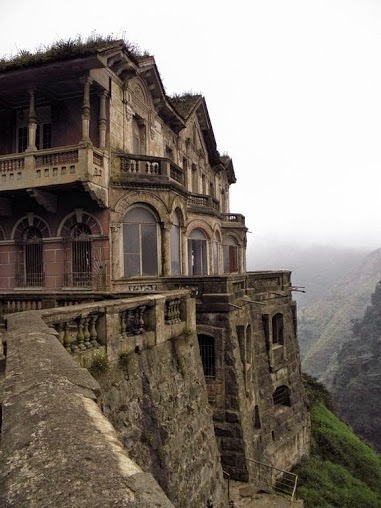I had some slightly negative feed back after I posted Gypsy Folklore and Superstitions, in December, 2013. I would like to say that my posts are mostly for entertainment, and though I do try to research all posts, often utilizing more than one reference, I sometimes get lazy or simply forget to list all of my sources and sites. For that, I apologize. Also, by absolutely no means was my post intended to give a negative or unsavory representation of the Gypsy or the Roma People, respectfully. I also don't want to be cursed with misfortune!
Here are the comments (copied and pasted):
Bundesarchiv Bild 183-J0525-0500-003, Rheinland, Sinti und Roma mit Wohnwagen auf Landstraße
Weingarten Fastnacht 1910 Zigeuner: Public Domain
Bundesarchiv R 165 Bild-244-48, Asperg, Deportation von Sinti und Roma
Here are the comments (copied and pasted):
3 comments:
-
Sarah DeBouterJune 18, 2014 at 12:45 PMWhere are your sources for this information?ReplyDelete
-
Kale by decentJuly 15, 2014 at 5:49 AMbe careful when writing of things you have little knowledge of, it can get you into trouble and bring misfortune your way.ReplyDelete
-
Vermont DeadlineSeptember 26, 2014 at 1:21 PMPlease know that I always try to include my sources. I am deeply aware that my content was shallow and that there are many varying factors regarding true Gypsies, to include the geographic regions of origin, customs and so on. I hope that you find solace in the fact that my posts are mostly meant for entertainment, and I never, ever meant any disrespect! ~Denise
Weingarten Fastnacht 1910 Zigeuner: Public Domain
Bundesarchiv R 165 Bild-244-48, Asperg, Deportation von Sinti und Roma
Roma settlement at Letanovský Mlyn
From Wikipedia:
"The Romani (also spelled Romany), or Roma, are an ethnicity of Indian origin, living mostly in Europe and the Americas. Romani are widely known among Anglophonic people by the exonym "Gypsies" (or Gipsies).
For a variety of reasons, many Romanies choose not to register their ethnic identity in official censuses. There are an estimated four million Romani people in Europe (as of 2002), although some high estimates by Romani organizations give numbers as high as 14 million.[60] Significant Romani populations are found in the Balkans, in some Central European states, in Spain, France, Russia and Ukraine. Several million more Romanies may live out of Europe, in particular in the Middle East and in the Americas.
Romani are widely dispersed, with their largest concentrated populations in Europe—especially Central and Eastern Europe and Anatolia, Iberia, and Southern France. They originated in India and arrived in Mid-West Asia, then Europe, at least 1,000 years ago, either separating from the Dom people or, at least, having a similar history; the ancestors of both the Romani and the Dom left North India sometime between the sixth and eleventh century.
Since the nineteenth century, some Romani have also migrated to the Americas. There are an estimated one million Roma in the United States; and 800,000 in Brazil, most of whose ancestors emigrated in the nineteenth century from eastern Europe. Brazil also includes Romani descended from people deported by the government of Portugal during the Inquisition in the colonial era. In migrations since the late nineteenth century, Romani have also moved to Canada and countries in South America."









.jpg)









.jpg)

















.jpg)


.jpg)
.jpg)
.jpg)
.jpg)



.jpg)
.jpg)
.jpg)


.jpg)
.jpg)
.jpg)

.jpg)
.jpg)
.jpg)
